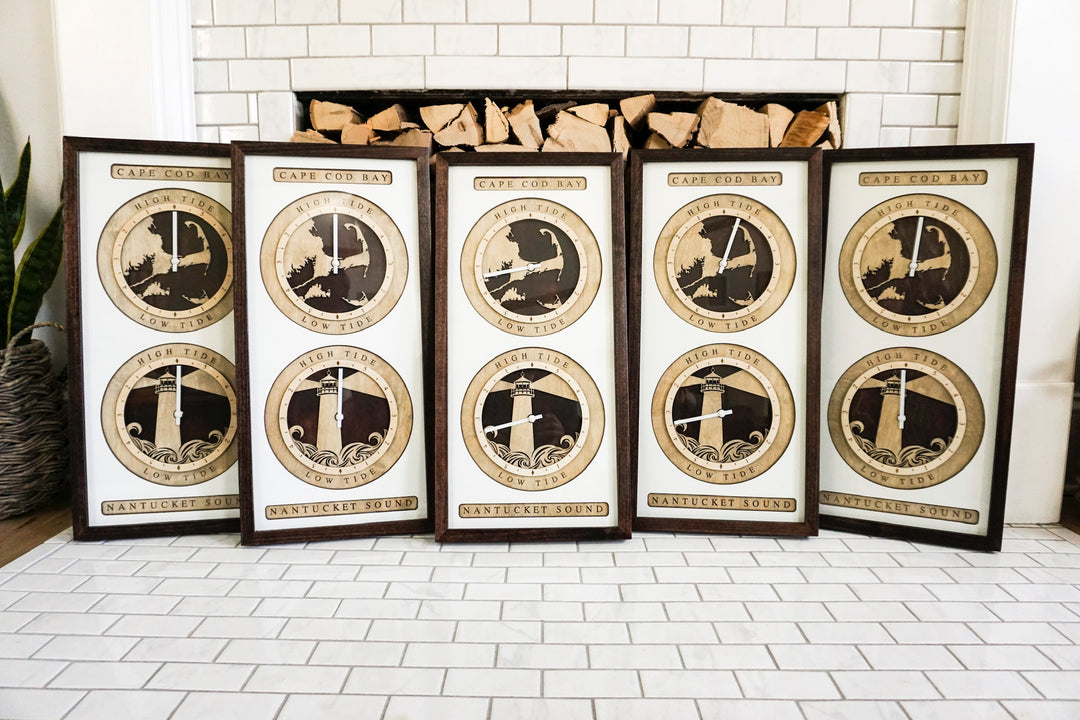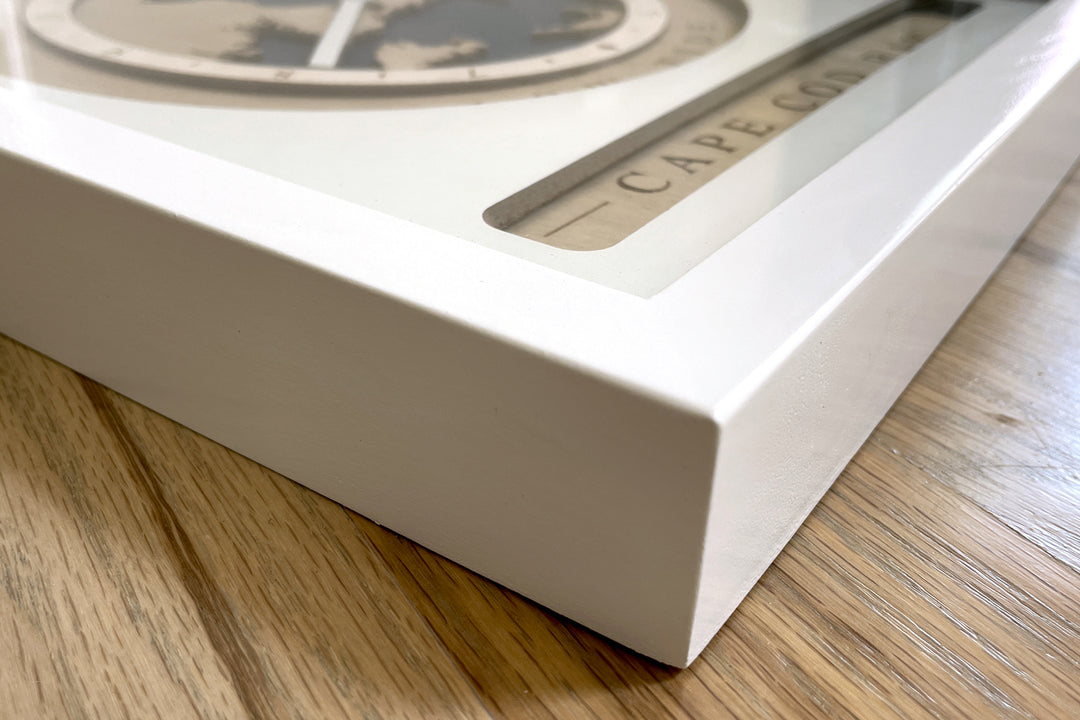Beyond Timekeeping: A Guide to Understanding How Moon Phase Clocks Work

In a world governed by schedules and routines, moon phase clocks invite us to reconnect with the natural rhythms of the universe. Join us as we explore the profound impact of moon phase clocks on daily life, syncing our existence with the ebb and flow of the lunar cycles.
What is a Moon Phase Clock?
A moon phase, or lunar clock, is an intricate device designed to track the lunar month's progression and the myriad phases the moon gracefully traverses during this celestial journey.
The lunar month, the span between successive new moons, measures approximately 29.53 days. A lunar clock's mechanism mirrors this cycle, ensuring a nuanced movement each day to follow the moon's month-long odyssey.
How Does a Moon Phase Clock Work:
Let’s understanding how a moon phase clock works. A lunar month, which spans approximately 29.53 days, is the time it takes for the moon to complete one orbit around the Earth. Moon phase clocks are calibrated to this lunar cycle, making one full rotation in 29.53 days, in synchronization with the moon's journey.
On our moon phase clocks, the New Moon is positioned at the standard 12 o'clock placement, while the Full Moon is at the standard 6 o'clock placement. As the clock hand progresses, it moves through each phase of the moon, providing a continuous and harmonious representation of the moon's journey. This visual guide allows enthusiasts to follow the ebb and flow of the moon's illumination in real-time.
Moon phase clock settings are customizable, allowing users to align the clock with specific geographical locations or personalize it based on individual preferences. This adds a layer of uniqueness to the clock, making it a personalized and meaningful timepiece.
Learn how to set our moon phase clock here.
What are the Different Moon Phases
Moon phases are distinct stages marking the illuminated portion of the moon visible from Earth. The moon doesn't emit light; instead, it reflects sunlight, creating the varying illuminated shapes we perceive. Here are the primary moon phases:
- New Moon: The side facing Earth is not illuminated, appearing as a dark silhouette.
- Waxing Crescent: A small, crescent-shaped sliver becomes visible as the moon begins waxing or growing.
- First Quarter: Half of the moon is illuminated, resembling a quarter of a circle.
- Waxing Gibbous: More than half, but not fully, is illuminated, growing toward a full moon.
- Full Moon: The entire side facing Earth is illuminated, appearing as a complete circle.
- Waning Gibbous: More than half, but not fully, is still illuminated, diminishing after a full moon.
- Last Quarter: Half of the moon is illuminated, resembling the opposite quarter from the first quarter.
- Waning Crescent: A small, crescent-shaped sliver becomes visible as the moon wanes or decreases.
These phases result from the changing angles between the sun, Earth, and the moon during its orbit. As the moon orbits Earth, different portions of its illuminated half become visible, creating the mesmerizing dance of moon phases we witness throughout each lunar month.
Moon phase clocks act as gentle reminders to embrace mindfulness in our daily lives. Learn how incorporating lunar awareness into your routine can enhance self-reflection, stress management, and overall well-being. Explore simple practices that sync your daily activities with the prevailing moon phase.
Aligning your tasks with specific moon phases can enhance productivity, creativity, and goal-setting. Whether it's planting seeds during the Waxing Moon or decluttering during the Waning Moon, discover the lunar guide to efficient time management.
Tides and Lunar Connection
Given that tides are influenced by the gravitational forces of the moon, we offer dual moon phase and tide clocks to highlight the connection between lunar phases and tidal variations. Selecting one of our clocks that has a moon phase clock and tide clock enhances the functionality, providing enthusiasts with a comprehensive understanding of the moon's influence on Earth's tides. During New and Full Moons, spring tides emerge, unveiling higher high tides and lower low tides. Conversely, First and Last Quarter Moons usher in neap tides, characterized by lower high tides and higher low tides.

Join us on a journey where time becomes a dance with the moon, and each moment is an opportunity to sync our lives with the earth’s rhythms. Explore the transformative power of moon phase clocks in shaping a mindful and harmonious daily existence.





Leave a comment